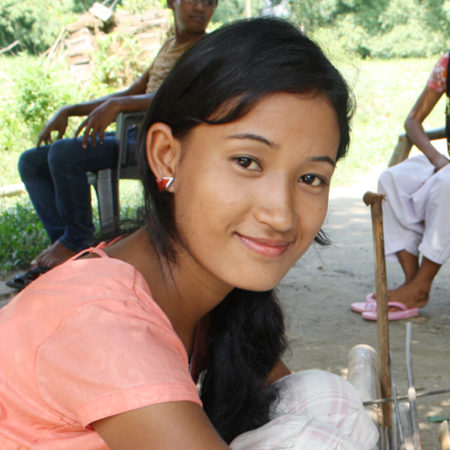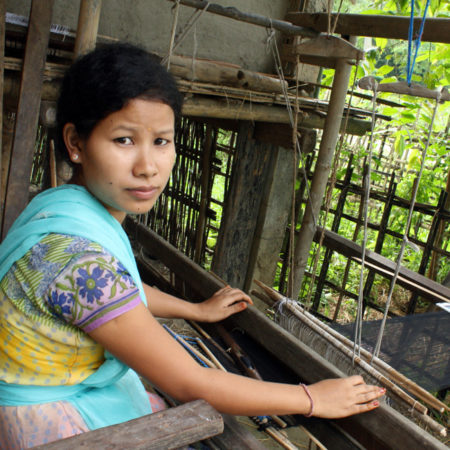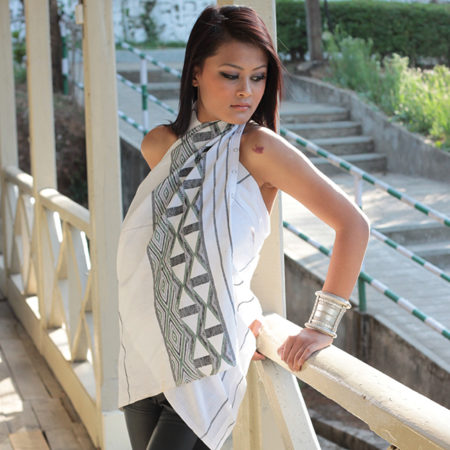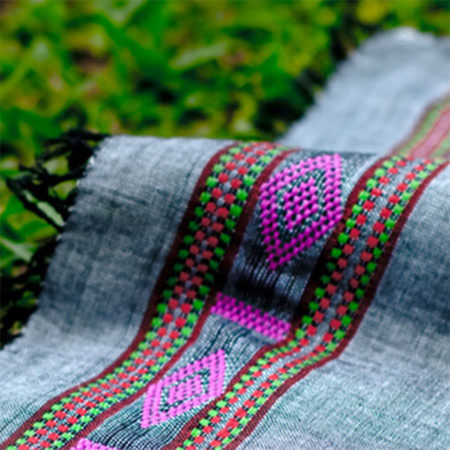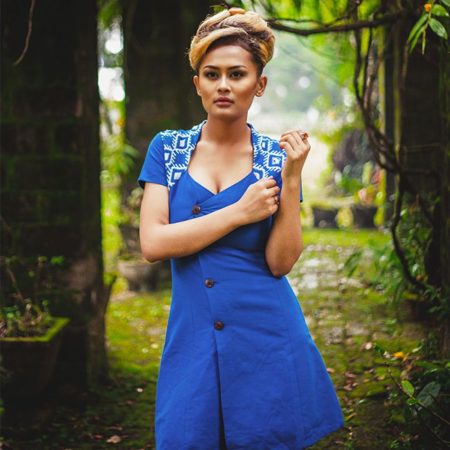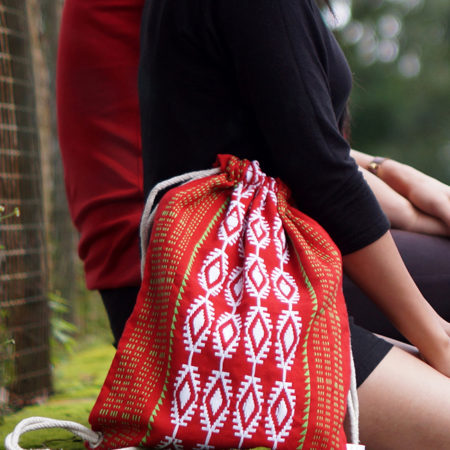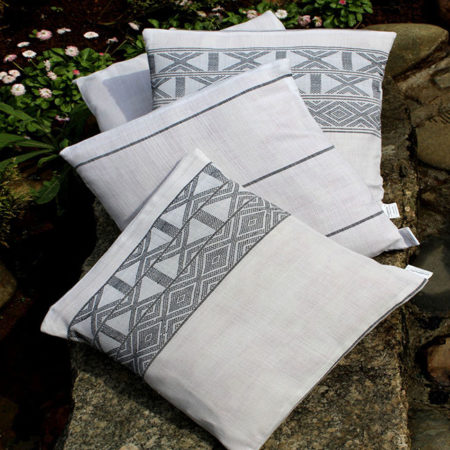The Mishing
The Mishing (often spelt as Mising) are the second largest tribal group in North-East India. They are known to be laid-back, simple-living people, hospitable and very fond of festivals. Therefore, it is hard to believe the legends that allude to a very violent Mishing past.
Mishing and their Traditions
There is no written history of the Mishings. However, it is believed that they originally lived on the high hills of present-day Arunachal Pradesh. Hundreds of years back, they started migrating towards the plains of Assam, most probably in search of fertile land. Customarily, several generations of Mishing families have lived together near the river banks in their Chang Ghars. A ‘chang-ghar’ is a house with a raised platform, built with timber, bamboo and thatch. The raised platform of the houses protects them from heavy rain and floods.
The Mishing can be broadly divided into two clans – Pegu and Doley – and they’re identifiable by their surnames. A marriage within the same clan is not allowed.
Mishings are animists by nature; they believe the Sun (Donyi) is their mother and the Moon (Polo) is their father. However, many Mishing people follow Hinduism along with their traditional religious rituals. The main festival is Ali-Aye-Ligang, their most colourful spring festival. All the village people dance together, wearing their colourful traditional clothes.
Mishing Artisan Crafts
The Mishing are experts in weaving, and the Mishing women are experts in using handlooms. Their skills to combine colours and designs have given them a special position in Assamese sartorial culture. In Mishing weaving, priority is given to bright vivid colours and their designs reflect the surrounding nature, animals and the legends of the tribe.


